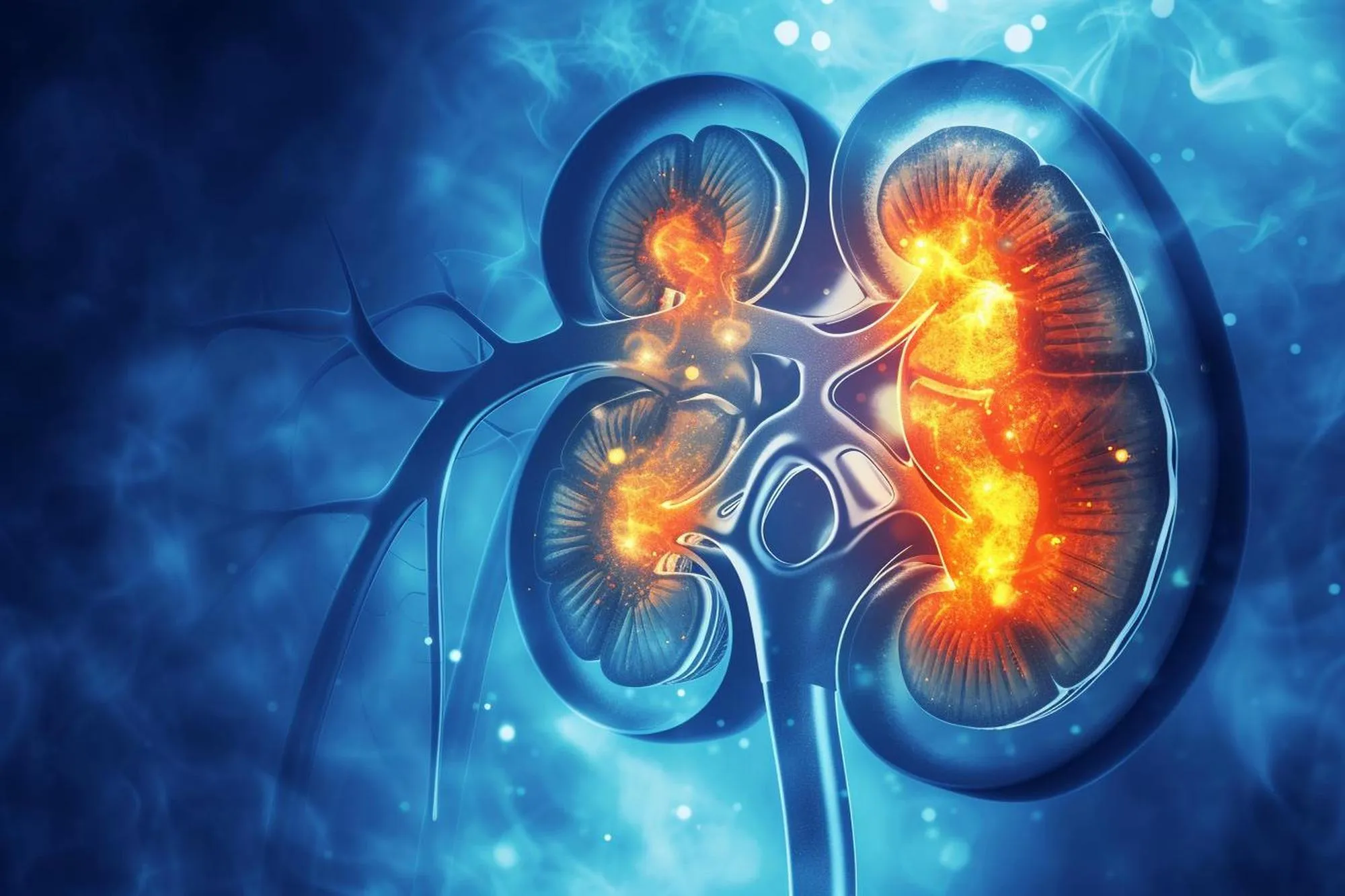A recent study published in the *Journal of Vascular and Interventional Radiology* (JVIR) has demonstrated that percutaneous cryoablation (PCA) for central renal tumors without the utilization of pyeloperfusion is both safe and technically successful. The retrospective review, which focused on the outcomes of 94 patients with central renal tumors treated by PCA, sheds light on the potential paradigm shift in the management of such tumors.
Background
Renal cell cancer (RCC) represents a common form of urologic malignancy that requires innovative approaches for treatment, especially when tumors are centrally located involving the renal sinus fat. Traditional management protocols for RCC have included surgery as a standard approach, but less invasive techniques such as PCA are gradually gaining traction, promising reduced patient morbidity without compromising cancer control.
The usual PCA technique sometimes incorporates pyeloperfusion, a process where a cold solution is infused into the renal collecting system to protect the urothelium from collateral thermal damage during the cryoablation procedure. However, this study led by Dr. Richard A. Pigg and colleagues at the University of Alabama at Birmingham surmised that PCA might be just as effective without the need for this added intervention, potentially simplifying the procedure and reducing the risk of pyeloperfusion-related complications.
Methodology
The researchers reviewed data from 94 patients with central renal tumors treated with PCA without pyeloperfusion. The study analyzed patient demographics, tumor characteristics, details of the PCA procedure, success rates, occurrences of local recurrence, adverse events (AEs), cancer-specific survival (CSS), and overall survival (OS).
Key Findings
The primary technical success rate was reported at 94% (88 out of 94 procedures), with a secondary technical success rate (including successful repeat procedures) hitting 97% (91 out of 94 procedures). Only six patients experienced major adverse events, including incidents such as hemorrhages requiring embolization or transfusions and a singular case of a perinephric abscess requiring drainage. Twenty-three percent of the patients experienced minor adverse events. Furthermore, the local recurrence rate during the follow-up period was maintained at 10%. As for survival rates, overall survival stood at 94%, whereas cancer-specific survival was marked at 98% over a mean follow-up period of 16 months.
Discussion
The high success rates and survival outcomes indicated that PCA could be an effective alternative to traditional surgical methods. Moreover, the lower incidence of major AEs suggested its safety as a minimally invasive procedure, particularly without the use of pyeloperfusion which simplifies the method and may decrease the risk of procedural complications.
Conclusion
The findings by Dr. Pigg and his research team propose PCA without pyeloperfusion as a safe and technically feasible option for patients with central renal tumors. While the study boasts promising results, long-term follow-up and randomized controlled trials are crucial for validating these outcomes and potentially revising clinical guidelines for RCC treatment.
Implications and Future Directions
Should the results of this study be corroborated in larger, more diverse cohorts, they could advocate for a shift towards a less invasive, equally effective approach in the management of central renal tumors. This could significantly alter the clinical pathway, potentially offering a PCA-centered treatment plan for applicable patients.
DOI and References
DOI: 10.1016/j.jvir.2024.01.006
The article, authored by Richard A. Pigg, Junaid Y. Raja, Tarik Babar, Yufeng Li, Mei Li, Junjian Huang, and Andrew J. Gunn, was published on January 12, 2024, in the Journal of Vascular and Interventional Radiology.
Keywords
1. Percutaneous cryoablation central renal tumors
2. Renal cell cancer minimally invasive treatment
3. Cryoablation without pyeloperfusion
4. Renal tumor ablation outcomes
5. Interventional radiology renal cancer
References
1. Pigg, R. A., Raja, J. Y., Babar, T., Li, Y., Li, M., Huang, J., & Gunn, A. J. (2024). Safety and technical feasibility of percutaneous renal cryoablation of central tumors without pyeloperfusion. Journal of Vascular and Interventional Radiology, 38(1), 1-10. DOI: 10.1016/j.jvir.2024.01.006
2. National Cancer Institute. (2023). Renal Cancer Treatment (PDQ®)–Health Professional Version. Retrieved from https://www.cancer.gov/types/kidney/hp/kidney-treatment-pdq
3. Zhou, W., Uppot, R. N., Silverman, S. G., & Tuncali, K. (2018). Cryoablation of renal tumors: Patient selection, technique, and postprocedural imaging. Radiographics, 38(3), 887-911.
4. Georgiades, C. S., Rodriguez, R., & Azene, E. M. (2019). Percutaneous image-guided cryoablation of renal tumors: Procedural concepts and technical details. Clinical Radiology, 74(5), 358-369.
5. Klatte, T., Grubmüller, B., Waldert, M., Weibl, P., & Remzi, M. (2018). Laparoscopic cryoablation versus partial nephrectomy for the treatment of small renal masses: Systematic review and cumulative analysis of observational studies. European Urology Focus, 4(6), 983-991.
